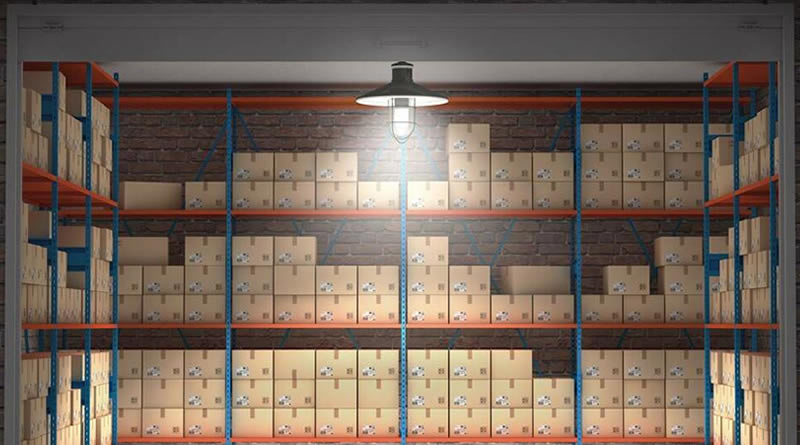Understanding Storage and Organization: Key Concepts and Fundamental Principles
Storage and organization play crucial roles in our daily lives, whether it’s in our homes, offices, or other spaces. Being able to effectively arrange and store our belongings can enhance our quality of life and boost productivity. In this article, we will delve into the fundamental concepts and important principles of storage and organization.
The Essence of Storage
Storage is the process of safely keeping and preserving items in a systematic manner. It involves creating designated spaces or systems to store various objects, be it personal belongings, office supplies, or even digital files. The main objective of storage is to ensure that items are easily accessible when needed and protected from damage or loss.
When it comes to physical storage, there are different methods and approaches that can be employed based on the type of items being stored and the available space. This can include using containers, shelves, cabinets, and other storage solutions to keep items organized and tidy.
The Significance of Organization
Organization complements storage by establishing order and structure within a given space. It involves arranging items in a logical and systematic manner to facilitate easy retrieval and optimize space utilization. Organization helps in reducing clutter, improving efficiency, and promoting a visually appealing environment.
Effective organization entails categorizing items based on their similarities, assigning specific locations for each category, and maintaining consistency in the arrangement. By implementing organizing principles, individuals can quickly locate items, minimize the time spent searching for things, and foster a sense of harmony within their surroundings.
Key Concepts in Storage and Organization
There are several key concepts that underpin successful storage and organization practices:
Decluttering: Removing unnecessary or unused items is a crucial first step in the storage and organization process. By decluttering, individuals can focus on what they truly need and eliminate excess belongings that contribute to disarray.
Accessibility: The accessibility of stored items is essential. Frequently used items should be easily reachable, while those used less frequently can be placed in more remote or less accessible areas.
Labeling: Proper labeling simplifies the identification and retrieval of items. Labels provide clarity and prevent confusion, especially when dealing with multiple containers or compartments.
Maintenance: Regular maintenance is necessary to sustain an organized environment. It involves periodically reassessing storage systems, reorganizing as needed, and ensuring items are returned to their designated places.
Adaptability: Storage and organization should be adaptable to changing needs and circumstances. Flexibility allows for adjustments as new items are acquired or priorities shift.
By adhering to these key concepts, individuals can establish efficient storage and organization systems that suit their specific requirements and promote a harmonious living or working environment.
Conclusion
Storage and organization are integral aspects of maintaining order, efficiency, and peace of mind in our lives. Understanding the fundamental concepts and principles of storage and organization helps us establish effective systems and habits. By combining storage and organization techniques, we can create spaces that are functional, visually pleasing, and conducive to a well-structured lifestyle.




